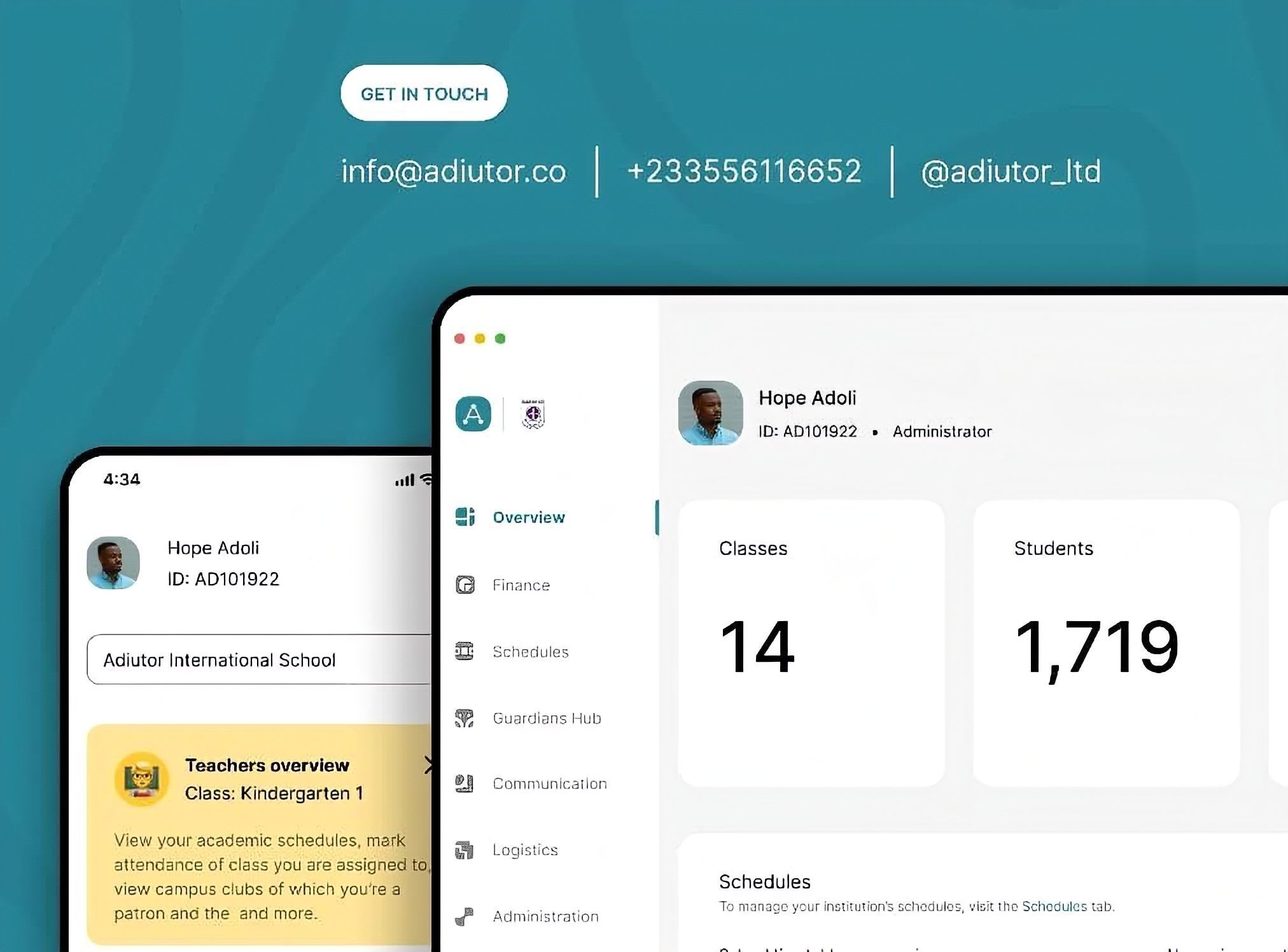Transactional Distance in the Classroom
Transactional distance describes a psychological and communicative gap that may exist between the instructor and the student.

If you’ve ever taught or learned in an online environment, you know the feeling: sometimes the “distance” doesn't correlate to connection. Some students have had a stronger connection to content from an online tutor miles away (whom they'd probably never meet) than to content from their school teacher, whose class they attend every day.
Transactional distance describes a psychological and communicative gap that may exist between the instructor and the student. This gap can influence how learners engage with content, how they perceive their instructors, and ultimately, how successful they are in meeting learning goals.
Michael G. Moore (who developed transactional distance theory) framed this distance in terms of three interconnected dimensions:
Dialogue
Dialogue is at the heart of every teaching and learning process. It captures the quality, responsiveness, and intentionality of interactions between instructors and learners. Moore emphasises that the critical factor is not the frequency with which dialogue (between educators and learners) takes place, but rather its quality and its capacity to facilitate the resolution of learning difficulties encountered by learners. A short, specific, timely piece of feedback on an assignment may carry more weight than pages of generic commentary like "poor", "good" or in some cases just a question mark. Discussions often reduce transactional distance because students can clarify misunderstandings immediately. What matters most is whether the communication helps the learner feel guided.
Structure
Structure, as its name suggests, refers to the predetermined organisation of the course, its objectives, pacing, assessment methods, and instructional sequence. A tightly structured course provides clarity but leaves little room for flexibility. A loosely structured course, on the other hand, might allow learners to choose pathways or adapt assignments to their interests.
Neither extreme is inherently better. Highly structured environments can be supportive for novice learners who need direction, while flexible designs may be more suitable for advanced students who thrive on independence. What matters is how structure interacts with dialogue: a rigid structure with limited dialogue risks creating high transactional distance.
Learner Autonomy
The final one is Learner autonomy, which describes how much responsibility students take in managing their own learning. This usually depends on the course design, the learner’s skills, and the support provided. Developing autonomy is often a long-term educational goal. However, educators need to recognise that not all learners begin with high autonomy. Building scaffolding, such as clear guidelines, step-by-step support, or opportunities for gradual independence, helps prevent students from feeling overwhelmed in courses that demand more self-direction.
Online Learning Environments
Perhaps the most obvious application is in fully online courses. Here, transactional distance can easily become pronounced because learners are physically separated from instructors and peers. Online courses built around pre-recorded lectures with little opportunity for interaction have a weak dialogue dimension, and students can feel isolated. Adding structured discussion boards, Q&A sessions, or personalised feedback opportunities significantly reduces this gap.
Traditional Classrooms
Interestingly, transactional distance is not limited to distance or online education. Even in normal classrooms, students may experience psychological and communicative gaps. Large lecture courses often have high structure and minimal dialogue. Students in the back row can easily feel just as distant from the instructor as an online learner.
Not all learner demographics may respond to transactional distance in the same way. Some students thrive with autonomy, while others need more dialogue and flexibility to succeed. Adult learners who have strong self-regulation skills can manage higher levels of autonomy comfortably. For younger students or those new to a subject, they may require more structured guidance and active dialogue to feel secure and stay motivated.
Instructors who recognise these differences can adapt their strategies depending on their learners’ needs.

Adiutor
Adiutor means "helper" - we do just that, by taking a load of your school administration and helping you focus on what matters most: the kids.
References
Moore, M. G. (1972). Learner autonomy: The second dimension of independent learning. Convergence, 5(2), 76–88.
Moore, M. G. (1973). Toward a theory of independent learning and teaching. The Journal of Higher Education, 44(9), 661–679. https://doi.org/10.2307/1980599
Moore, M. G. (1980). Independent study. In R. D. Boyd & J. W. Apps (Eds.), Redefining the discipline of adult education (pp. 16–31). Jossey-Bass.
Moore, M. G. (1993). Theory of transactional distance. In D. Keegan (Ed.), Theoretical principles of distance education (pp. 22–38). Routledge.
Gorsky, P., & Caspi, A. (2005). A critical analysis of transactional distance theory. The Quarterly Review of Distance Education, 6(1), 1–11.
Gorsky, P., & Blau, I. (2009). Online Teaching Effectiveness: A Tale of Two Instructors. The International Review of Research in Open and Distributed Learning, 10(3). https://doi.org/10.19173/irrodl.v10i3.712
Saba, F., & Shearer, R. L. (1994). Verifying key theoretical concepts in a dynamic model of distance education. American Journal of Distance Education, 8(1), 36–59. https://doi.org/10.1080/08923649409526844
